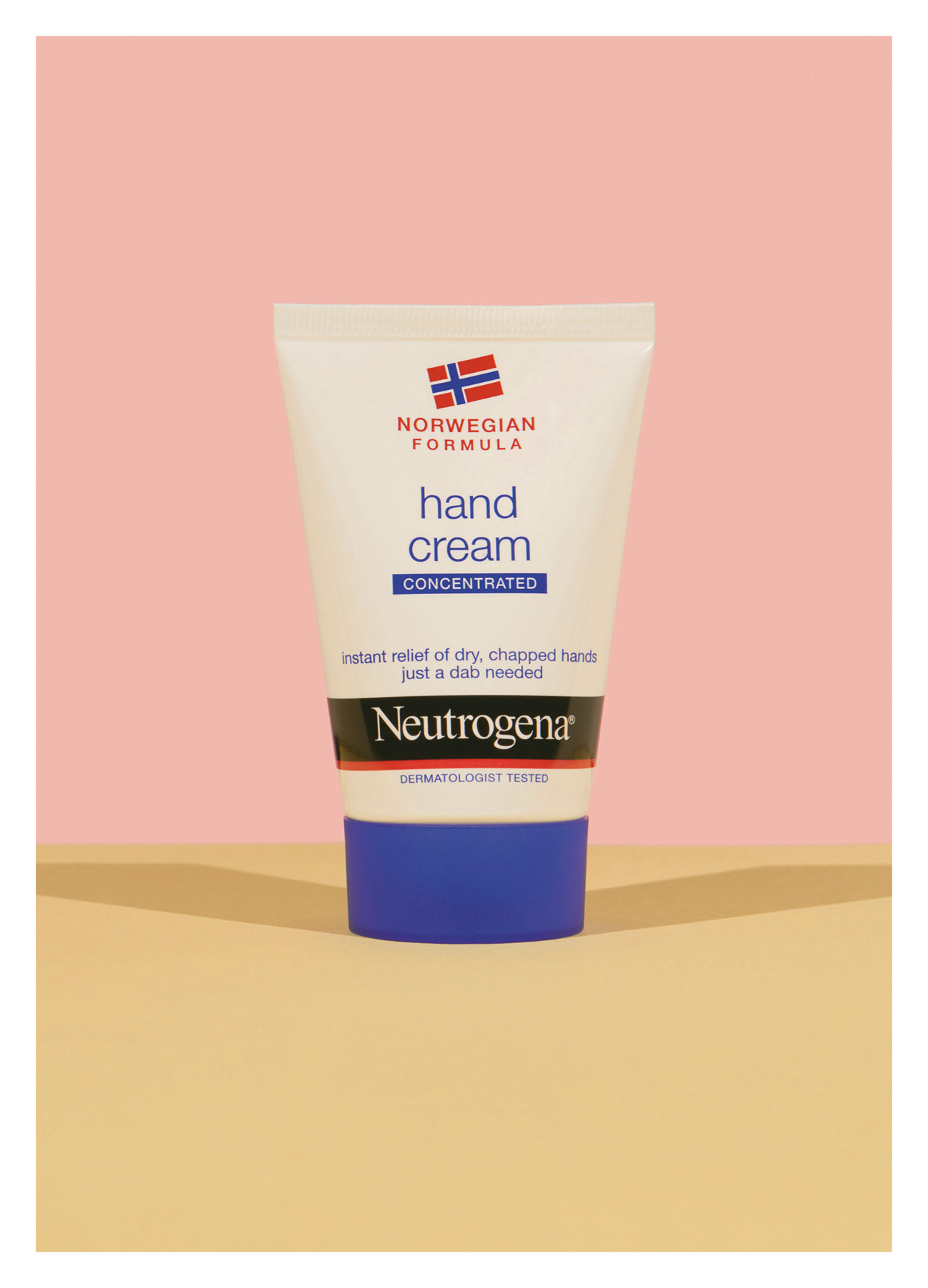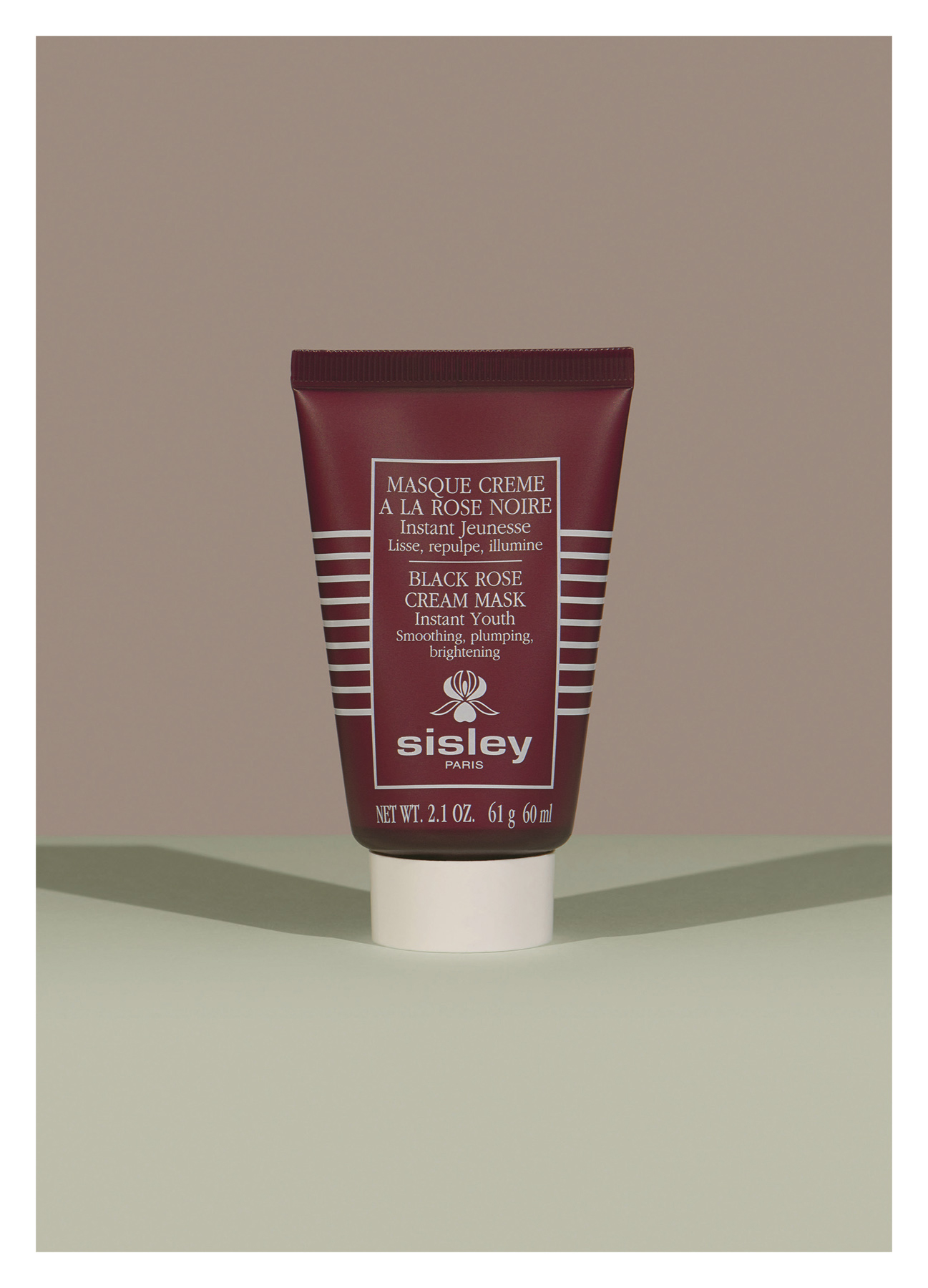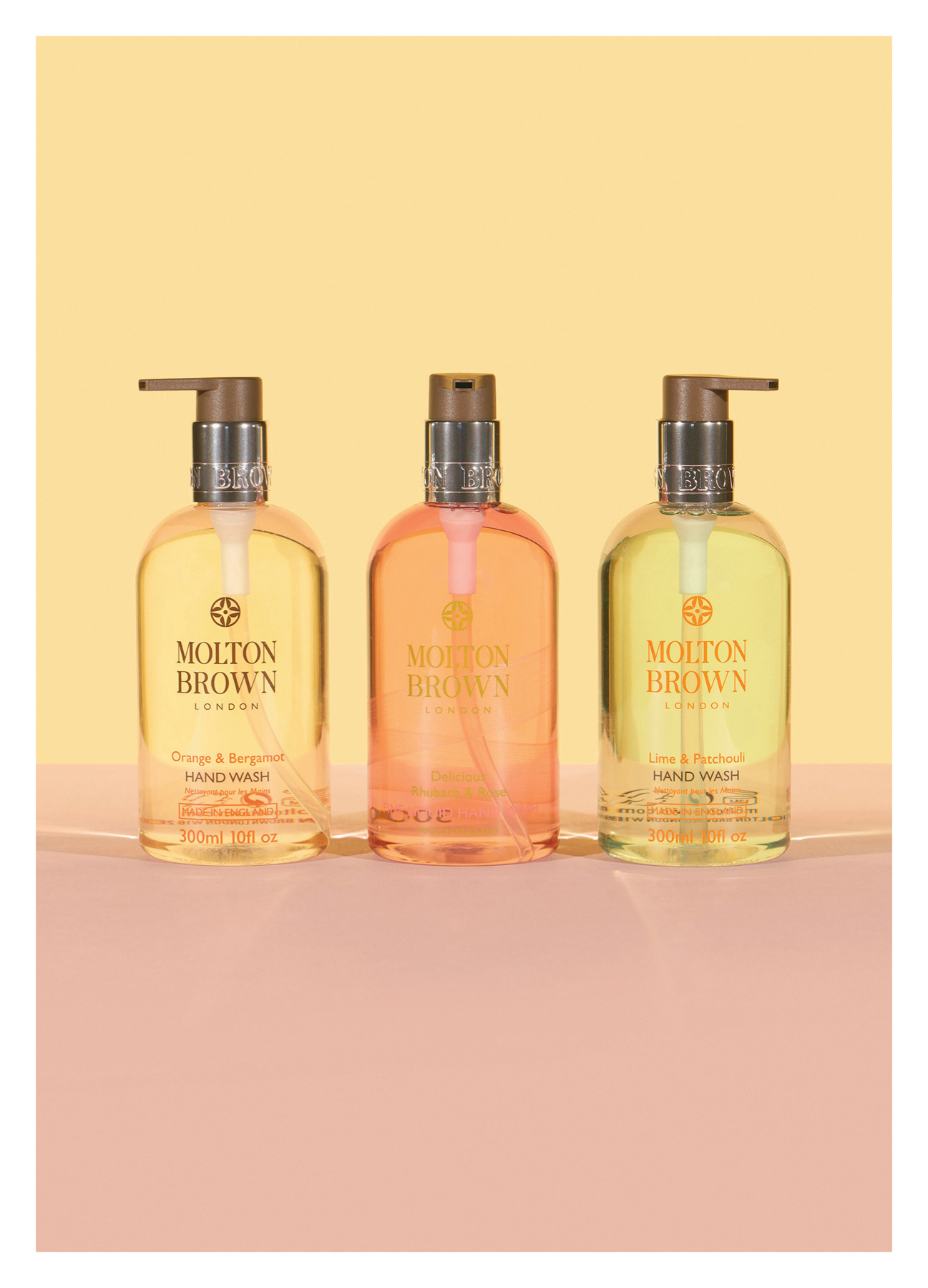
Полная версия
Pretty Iconic: A Personal Look at the Beauty Products that Changed the World
Nonetheless, one cannot deny that the stiff, rather unyielding concentrated cream based on a traditional recipe used by Norwegian fishermen on their sore, wind-chapped hands, has earned its place in beauty history. Because those who use it are evangelical about it, and I won’t begin to tell them they’re wrong. And yet funnily enough, the thing people love about Norwegian Formula – the ungreasy, dry-touch texture so uncommon in hand creams – is the very thing I can’t bear about it. The large amount of glycerin (an excellent old ingredient, I’ll readily admit) makes for a strange, slightly waxy feeling that I can’t seem to ignore. It certainly moisturises well, if temporarily, and I love the soft, comforting smell of the original, fragranced, version. But apart from that, Norwegian Formula Hand Cream just doesn’t float my sea trawler. In my typical fashion, however, I do really love the less popular Norwegian Formula Fast Absorbing Hand Cream, though I’m afraid the mere act of my putting that in writing may jinx its very existence.

Sisley Black Rose Cream Mask
Oh Sisley, with your aloof, impenetrable French packaging, unknowable department store counters and your bonkers price points, so inaccessible to the vast majority of beauty lovers. I wish you weren’t so damn lovely. This is the mask used by supermodels after six straight weeks of sleepless, over-made-up, skin-terrorising service. It’s the mask reserved by make-up artists for only the best magazine covers and gold-band clientele. It’s the mask I give to women at their lowest ebb, when divorce, bereavement or illness has ravaged the body, mind and soul. Rich, luxurious, gentle and soothing, a ten-minute session with Black Rose Cream Mask is like your most well-off girlfriend taking you for a four-hour lunch and three bottles from the lower half of the wine list.

Molton Brown Hand Wash
When I first moved to London, aged 15, Molton Brown was the coolest hair salon around. Opened in 1973 and named after its home, South Molton Street, and Brown’s fashion store, located a few doors down and owned by Molton Brown’s founder Caroline Burstein’s parents, Molton Brown was where Sam McKnight – arguably the most successful session hairstylist of all time – made his name, and was among the first of a teenage Kate Moss’s modelling clients.
Molton Brown specialised in natural hairstyling techniques at a time when harsh chemical treatments and heated tools were all the rage, and their sought-after product was the ‘Molton Browner’, a dusty-pink quilted bendy roller, stiffened with a wire loop, that was wound into sections of hair and slept in overnight. I was gifted a dozen by my Aunt Sue and though I was wholly inept at using them (the resulting style was reliably disastrous), they were so pretty, so unlike anything I’d ever seen, that I adored them out of all proportion.
I finally got to visit the salon myself when they opened a little shop in reception. Here, they sold body lotions and soaps, and unexpectedly pro-grade beauty kit. It was here I bought my first ever make-up brush roll (I still have it) and my first bottle of Orange & Bergamot Hand Wash. I would never have believed that this ancillary product in a line known for its haircare would become a beauty phenomenon, launch an entire category of luxury handwashes (paving the way for wonderful brands like Cowshed and L’Occitane) and be copied so mercilessly worldwide. Nowadays, handwash and hand cream are the products for which Molton Brown is best known. They are the sign of a good-quality boutique hotel, an unfailingly well-received token of love on Mother’s Day, and a clear message of gratitude to a teacher at the end of term. Their high-quality natural oils make for delicate, authentic scents and gentle, skin-softening cleansing.
Sadly, the same cannot be said for the dozens of brands and retailers who’ve exploited Molton Brown’s cachet and very modest, easily replicated packaging, and knocked up their own. I’m all for a designer dupe, whether a Miu Miu-inspired coat from Topshop or an Eames-style desk bought in IKEA, but there’s no doubt that over the years Molton Brown has seen its excellent product devalued by impostors. Worse still is the common practice of businesses refilling real Molton Brown bottles with some industrial soap bought in Costco, sending an illusory message of luxury. I can’t imagine how many people assume they’re using the real thing then wonder, as they breathe in the smell of car air freshener, what all the fuss is about.

Palmer’s Original Cocoa Butter
Some time around my seventh or eighth birthday, my mother returned home from Cardiff with a bottle of Cocoa Butter Hand & Body Lotion from one of the very first branches of Body Shop. She’d engaged the sales consultant in conversation, told her about my dry, scaly, inherited skin condition, and been promised that cocoa butter would help. The lotion was nothing short of revelatory and marked a huge turning point in my life. I’d previously used only horrible, NHS-prescribed bath oils and emollient creams that sat thickly on the surface of my skin, smelling like hospitals and never sinking into anything other than my school tights. Conversely, the Body Shop lotion sank a little better into my skin, soothing, softening and making it smell of Milky Bar chocolate. That one bottle of lotion set me down a path of skincare obsession. I began tweaking the cocoa butter – adding olive oil from the kitchen, pouring it into baths, mixing it with Tate & Lyle to slough off the flakes before a soak. The only problem with the Body Shop lotion was that it did leave an oleaginous film on my skin, and didn’t improve its overall tone and evenness (I looked a bit pink and veiny) and so I began searching for an alternative.
I found Palmer’s Cocoa Butter Formula Lotion on an Afro-Caribbean beauty stall while skiving off school in an indoor market and soon found my prayers answered. This – the world’s bestselling cocoa butter product – sinks in more rapidly and thoroughly than any other I’ve found, smooths skin, banishes the occasional ashiness of brown and black skins and leaves all legs with an even, healthier-looking tone. It softens limbs, cuticles, elbows, feet, scalp and babies’ bums, and smells of holidays, warm beaches and of ice-cream sundaes melting in hot chocolate sauce. Its cheerfully cheap price tag means it can be treated like an essential family household item and slathered on with abandon whenever dryness strikes. There are now dozens of products in the Palmer’s range, but the true icon here is the waxy formulation sold in tubs (don’t be put off by its solidity: the secret to cocoa butter’s success is that it’s the only known natural moisturiser that melts at body temperature).
Конец ознакомительного фрагмента.
Текст предоставлен ООО «ЛитРес».
Прочитайте эту книгу целиком, купив полную легальную версию на ЛитРес.
Безопасно оплатить книгу можно банковской картой Visa, MasterCard, Maestro, со счета мобильного телефона, с платежного терминала, в салоне МТС или Связной, через PayPal, WebMoney, Яндекс.Деньги, QIWI Кошелек, бонусными картами или другим удобным Вам способом.


